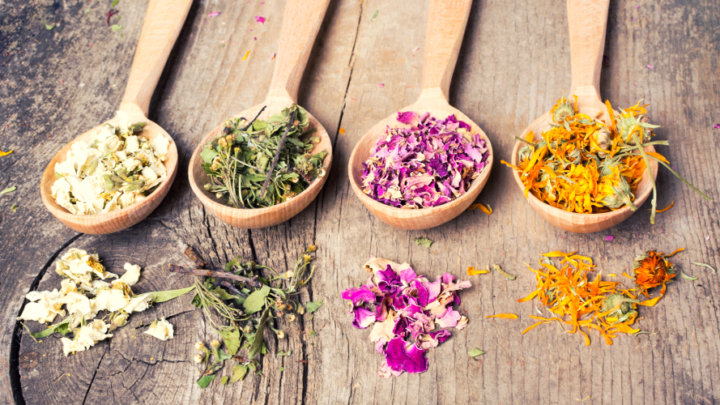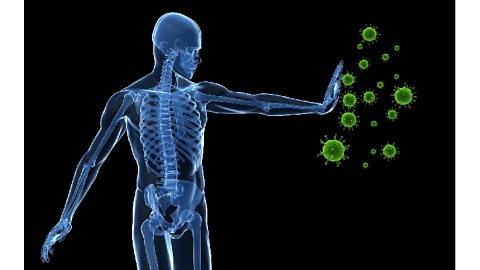A resilient immune system is essential for maintaining good health and preventing many different types of illnesses. The immune system helps protect the human...
About the Author
Monkia Ghent
Monika Ghent is a Registered Herbalist with the Ontario Herbalists Association and has a private practice in both Toronto and Vaughan, Ontario, Canada. Her website is www.dreamingwillow.ca. She also has a herbal school with her husband Michael Vertolli called Living Earth School of Herbalism (www.livingearthschool.ca) which offers general interest workshops and online classes, and certificate and diploma programs in Western herbalism and related fields of study.




